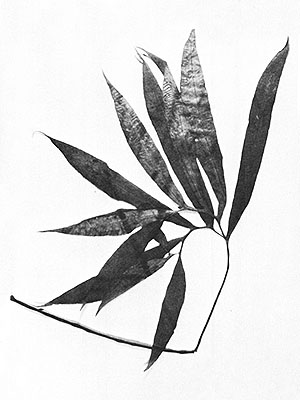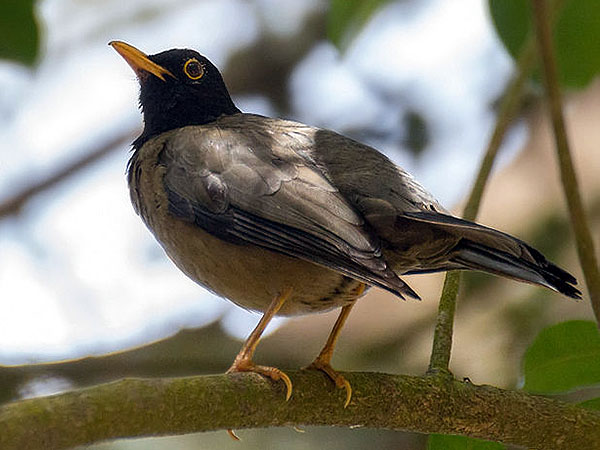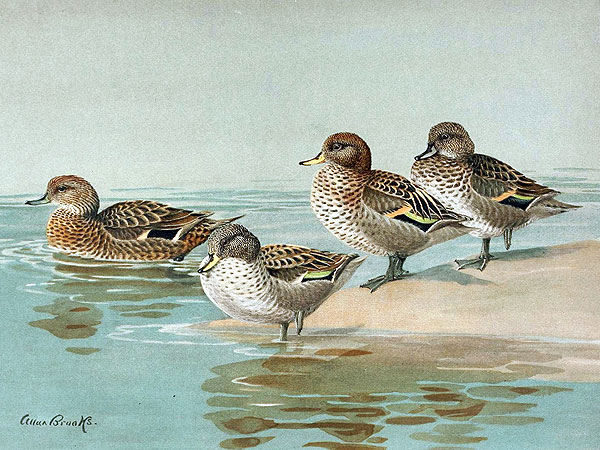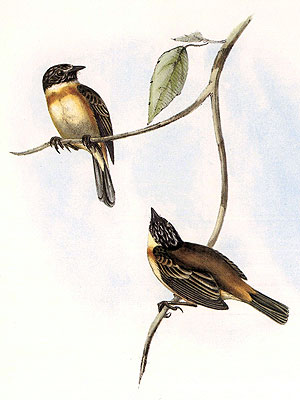Nutibara Robber Frog (Strabomantis cadenai)
The Nutibara Robber Frog is known from a single specimen that was found in 1982 in the vicinity of the Alto Río Cuevas near the City of Frontino at the western flanks of the Cordillera Occidental in Colombia.
The species has not been found subsequently and might now be extinct.
***
The photo below shows another species of that genus, Ruiz’s Robber Frog (Strabomantis ruizi (Lynch)); this species is also endemic to Colombia and is threatened but not yet extinct.
*********************

Photo: Thibaud Aronson
https://www.inaturalist.org/people/thibaudaronson
https://creativecommons.org/licenses/by-sa/4.0/
*********************
edited: 11.02.2024




